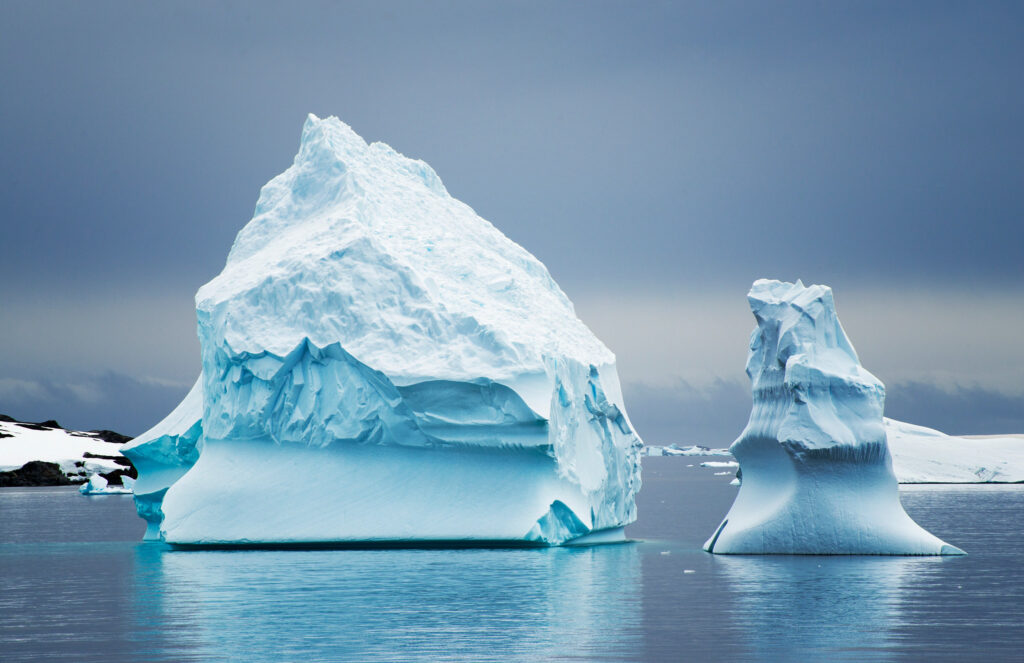
The global climate is a complicated thing. While overall trends are relatively straightforward to understand, the details can seem confusing.
January was the sixth-warmest January in the 143 years of global climate record keeping. The global land and ocean surface temperature was 1.6 degrees Fahrenheit above the 20th century average.
Meanwhile, the United States had its coolest January since 2014, although the month still ranked nearly a degree above the long-term average across the nation. This January was also the driest January in eight years and was one of the top- 15 driest Januarys on record. That being said, there was the so-called Bomb Cyclone late in the month that dumped 1-2 feet of snow and brought blizzard conditions along the eastern seaboard and set a one-day snowfall record in Boston.
Global conditions and regional and local conditions can be very different. In the big picture, January was the 46th consecutive January and the 445th consecutive month with temperatures above the 20th century average.
And while the US had a fairly cool January, South America saw its second-warmest January on record, Asia had its fourth warmest, and Oceania had its seventh warmest.
Apart from temperatures, Antarctic sea ice coverage was the second smallest January extent in 44 years. Arctic ice was 208,000 square miles below the 1981-2010 average, although it was the largest since 2009.
Even as the global climate warms, local and regional climate conditions will continue to have unique and variable characteristics over the course of time. Every time there’s a bout of cold weather, it isn’t time to stop being concerned about climate change.
**********
Web Links
January 2022 was Earth’s 6th warmest on record
Photo, posted January 6, 2013, courtesy of Christopher Michel via Flickr.
Earth Wise is a production of WAMC Northeast Public Radio.
Leave a Reply